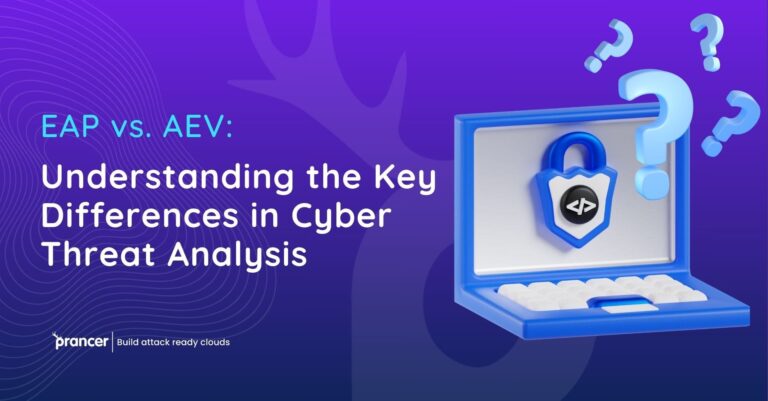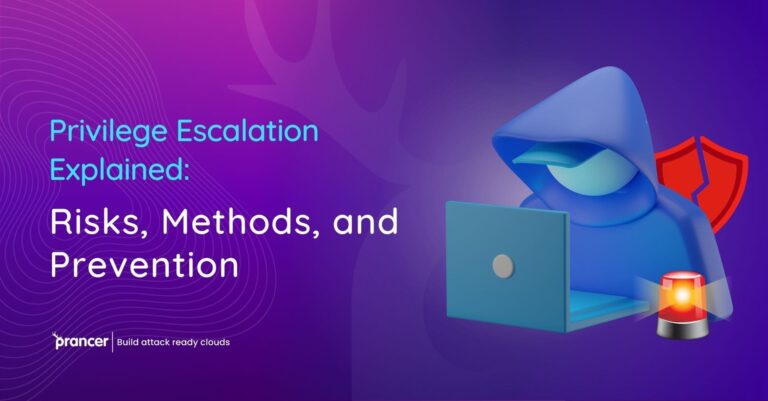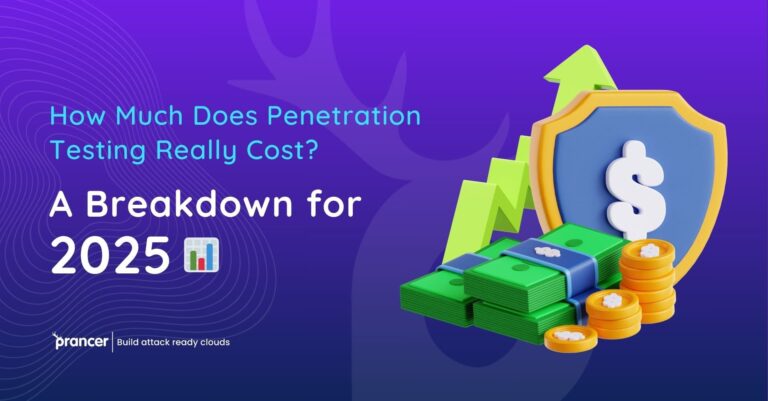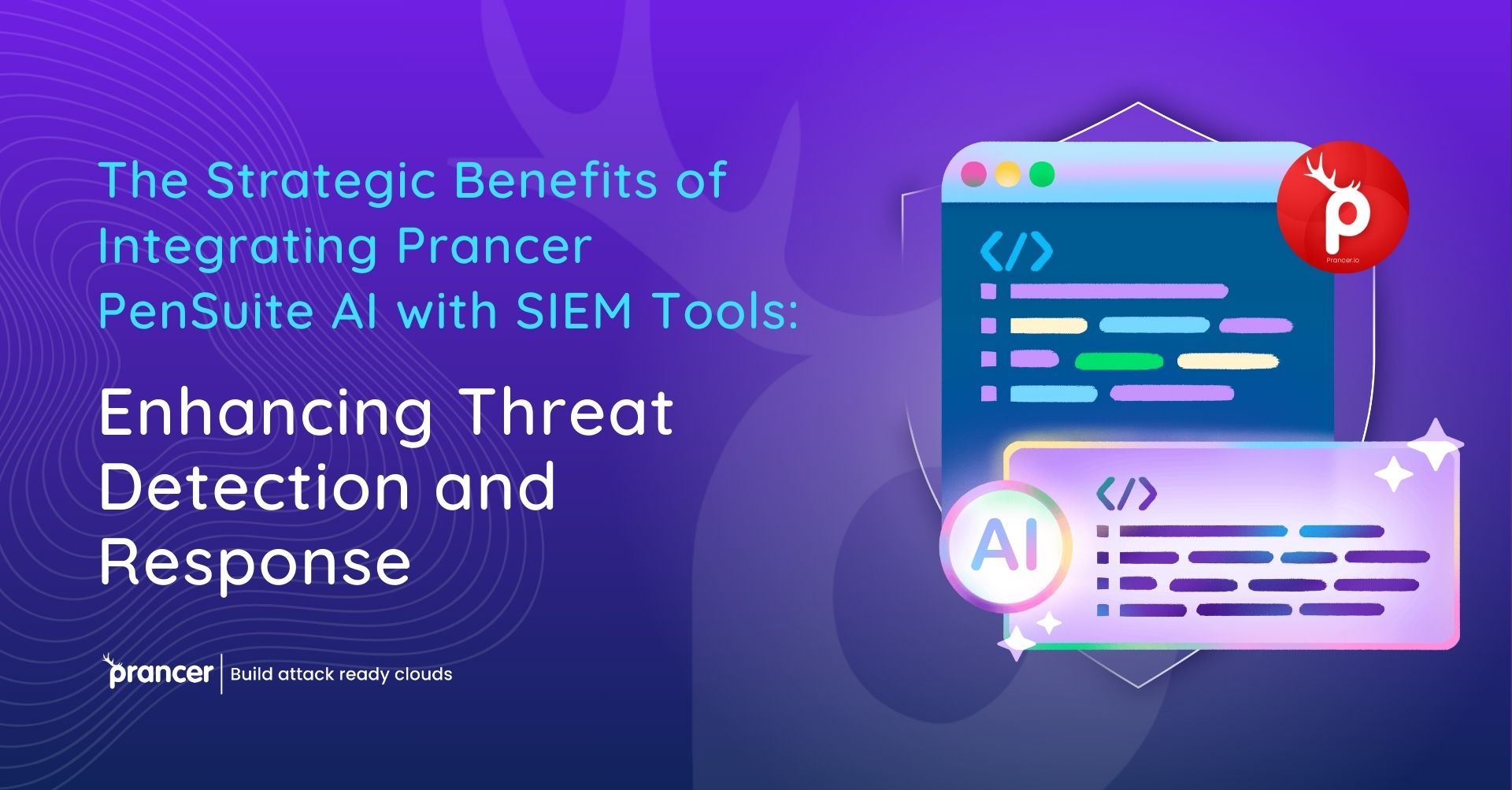Continuous visibility and real time threat detection are critical components of an evolving, resilient security posture in an evolving cyber security landscape. When cyber threats are becoming even more complex and large, Chief Information Security Officers (CISOs) require solutions that offer holistic visibility, simplify incident response and enable security teams to take action fast on emerging risks.
To fulfill these demands, Security Information and Event Management (SIEM) tools are now critical to aggregate, correlate and analyse security data across an organisation’s infrastructure. Yet the effectiveness of a SIEM platform is highly dependent on the data it ingests.
This is where Prancer PenSuite AI comes to the rescue — a next generation penetration testing and Breach and Attack Simulation (BAS) platform that effortlessly integrates with well known SIEM platforms such as Splunk, Microsoft Sentinel, Chronicle, and more. Prancer can provide advanced security testing capabilities that can be combined with your SIEM tools to provide real time visibility into security gaps, continuous defence validation and improved incident response.
In this blog post, we will take a look at the strategic value of integrating Prancer’s PenSuite AI with SIEM tools and why it is the next step for CISO’s who wish to upgrade their detection and response to threats.
The Comprehensive Data Ingestion enables Enhanced Threat Detection.
The data that SIEM tools process are only as good as the tools. Even the best SIEM platform will miss critical threats or fail to give the insight necessary to respond appropriately without high quality data. Organizations can then feed real time, high fidelity data from penetration tests, breach simulations, and risk assessments directly into their SIEM by integrating Prancer PenSuite AI with their SIEM tool.
Prancer is running simulated attacks against us based on real world threat scenarios with full MITRE ATT&CK coverage. The results of these simulations are fed into the SIEM in real time, from vulnerability discoveries to configuration weaknesses. This data can be compared to other security events in the SIEM to provide a full picture of the organization’s security posture.
Key Benefit for CISOs:
Real time ingestion of simulated attack data boosts threat detection capability by ensuring that SIEMs ingest and process more relevant, more detailed security data faster so that vulnerabilities and potential attack vectors can be identified and remediated more quickly.
Continuous Validation for Proactive Security Monitoring
Historically, penetration testing has been a point in time exercise, with large gaps between assessments and live insights. But in today’s fluid threat environment, security defenses must be validated continuously. Bringing Prancer to work seamlessly with a SIEM tool enables CISOs to proactively monitor for security and continuously assess the security posture of the organization against emerging threats.
The continuous feedback loop that Prancer PenSuite AI provides to the SIEM enables security teams to get ahead of attackers by validating whether the organization’s defenses are resilient against the most recent attack tactics and techniques. The SIEM provides real time, fast visualization of any gaps or weaknesses when Prancer simulates attacks, leading to faster remediation and therefore a stronger overall defense strategy.
Key Benefit for CISOs:
SIEM tools integration with Prancer ensures continuous visibility into how effective your security controls are, real time adjustments and a proactive stance to threats that are already emerging.
The Incident Response automated workflows have been streamlined.
One of the main benefits of SIEM integration is the capacity to streamline and automatize event response workflows. Additionally, Prancer’s penetration testing and simulation capabilities can be combined with the analytical power of SIEM to allow security teams to propagate automated workflows which respond to vulnerabilities detected by Prancer, or to simulated attack patterns.
For example, if Prancer recognizes a weakness on the network or pretends a successful attack, the SIEM can automatically fire preconfigured SOAR (Security Orchestration, Automation, and Response) workflows. It could include sending out an alert, assigning it to the correct security team, or even triggering automated mitigation actions depending on the severity of the issue that has been determined.
Key Benefit for CISOs:
SIEM integration automates workflows, which in turn provides for faster and more efficient response to incidents, resulting in fewer hours and less effort needed to remediate security issues.
Data Correlation of Real World Attack Data with Broader Security Events
One of the key advantages of using Prancer in conjunction with SIEM tools is that it allows users to correlate simulated attack data with the rest of the security events happening over the enterprise. SIEM tools help to aggregate logs and security data from a large number of sources such as firewalls, endpoint detection tools, cloud platforms etc. Organizations can obtain more in depth understanding of their real world risk exposure by ‘sprinkling’ Prancer simulation results into this mix.
For example, if a phishing attack that circumvents a few controls can be simulated by Prancer and the SIEM is simultaneously reporting anomalous email activity or network behavior, security teams can quickly correlate these events and determine the level of concern of real compromise. This correlation allows CISOs to understand the real severity of threats and prioritize remediation efforts by their potential impact.
Key Benefit for CISOs:
By correlating Prancer’s attack simulation data with other security events, we get a holistic view of our threat landscape that helps us make better decisions about what to prioritize with our security efforts.
Improved Reporting and Compliance Management
CISOs in regulation heavy industries like finance, healthcare and government are constantly concerned about regulatory compliance. This integration with SIEM tools allows Prancer PenSuite AI to make reporting much easier and makes it easier for security teams to generate detailed reports of an organization’s security posture and compliance status.
The SIEM can feed Prancer’s security assessments and simulated attacks into the SIEM to allow organizations to generate bespoke dashboards and reports that reflect continuous compliance with regulations like GDPR, CCPA, HIPAA, and PCI DSS. Below are some reports on how well your organization is protecting data and can be used to streamline your audit processes.
Key Benefit for CISOs:
By integrating with SIEM tools it becomes centralized and automated reporting which makes it easier to track compliance, demonstrate continuous improvement and meet regulatory requirements.
Cost-Effective Security Testing and Monitoring
Penetration testing is often labor intensive and expensive, especially if done manually. Integrating Prancer PenSuite AI with SIEM tools allows CISOs to lower the cost of their security testing by automating and continuously validating. This enables security teams to run simulated attacks at scale, automatically feed the results into the SIEM and monitor vulnerabilities in real time all without having to rely on external consultants for every security assessment.
In addition, automating incident response and allowing security teams to focus their efforts on the most critical risks whilst reducing manual investigations time by correlating the SIEM data is also possible.
Key Benefit for CISOs:
Organizations can realize cost savings as well as gain a continuous, real time view of their security posture through letting penetration testing be automated as well as integrating with SIEM.
Strengthen your defenses—book a demo with Prancer today
Conclusion: A Unified Security Strategy to empower CISOs
Prancer PenSuite AI enables CISOs to integrate with SIEM tools for a unified, scalable, and efficient way to perform security testing, monitoring, and incident response. Embedding real time attack simulation data in to SIEMs enables organizations to get deeper visibility into their vulnerabilities, improve detection and response times, and ultimately increase overall security resilience.
Prancer PenSuite AI’s SIEM integration provides CISOs with a perfect combination of automated security validation and real‐time monitoring, allowing security teams to remain one step ahead of the latest threats, and always maintaining enterprisewide security.
With Prancer PenSuite AI and your SIEM tools working together, you can develop a more proactive, scalable and robust security strategy that matches the needs of today’s sophisticated threat environment.




